标签:
The origin of all radio modulation techniques stem back to the AM and FM basic modulation. AM modulation changes the carrier frequency according to the data signal while the FM changes the carrier frequency according to the data signal. The information signal varies with time such as it could increase, decrease, or vanish to zero. The following signal represents a temperature increase as function of time. The temperature starts from zero at the bottom left and increases as time goes by. This analog temperature signal is converted to a voltage signal voltage(t) where the voltage tracks temperature as function of time:
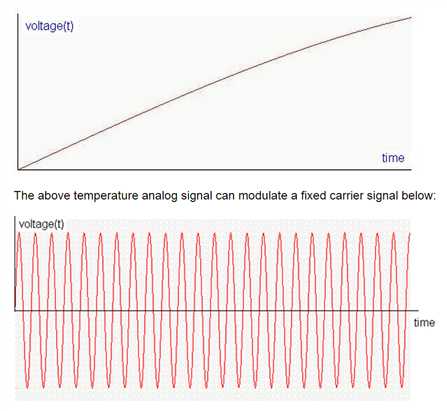
In AM modulation the carrier frequency is kept the same but the amplitude of the carrier is changed according to the temperature signal as follow:
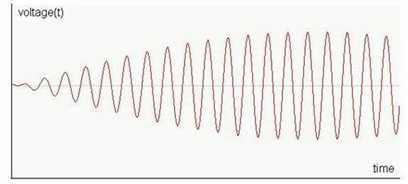
In FM modulation the amplitude of the carrier is kept the same but the carrier frequency is changed according to the temperature signal as follow:
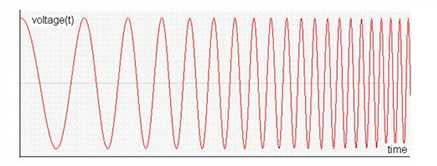
The temperature reading is then transmitted in form of radio signal and picked by the radio receiver. The receiver then extracts the information from the radio signal (AM or FM) by analyzing the variation in amplitude or frequency. The same rules of amplitude and frequency variations are followed when transmitting or receiving the data signal.
From the above methods of AM and FM modulations different forms of radio modulations are derived. The ON-OFF Keying (OOK) technique described above is a derived form of AM modulation. Frequency Hopping Spread Spectrum (FHSS) is an advanced form of FM modulation. Other modulation techniques such as Frequency Shift Keying (FSK), Phase Shift Keying (PSK), and In phase – Out of phase (IQ) modulation, Quadrate Phase Shift Keying (QPSK) modulation are also derived forms of FM modulation. The key is that the sine wave is divided into equal number of sections (4, 8, 16, 32) and the correct section is used to associate the data symbol to. Phase modulation and frequency modulation are related to one another and many rules equally apply to both of them. The sine wave can be divided into 4 quarters (Quad Modulation) each of the quad having 90 degrees. Here is how the sine wave is divided into 4 equal sections
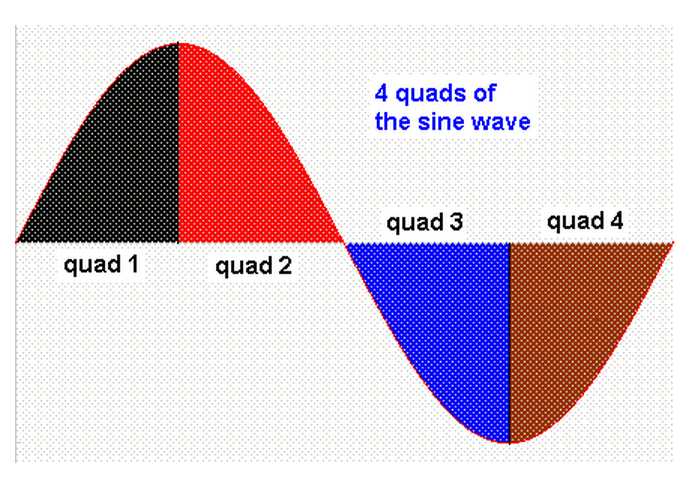
Details of the sine wave quads are used to carry useful information in the radio waves. These quads are transmitted wirelessly in series from the transmitter to the receiver.The IQ modulation could be use for very high speed communication. Each quad is assigned for example two digital bits as follow:
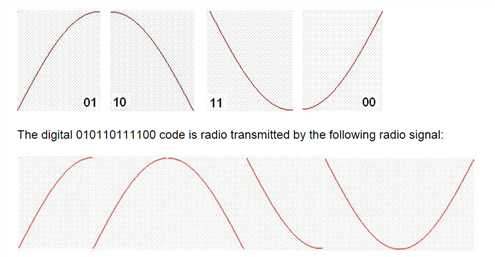
By doing so the power consumptions is minimized, communication speed is multiplied, but the possibility of transmit error is increased.
Here is how the above radio signal may look like using the oscilloscope:

Basic Modulation Techniques: AM FM
标签:
原文地址:http://www.cnblogs.com/shangdawei/p/4827766.html